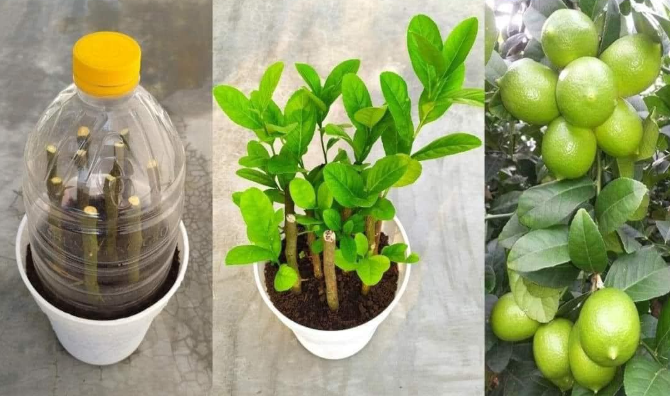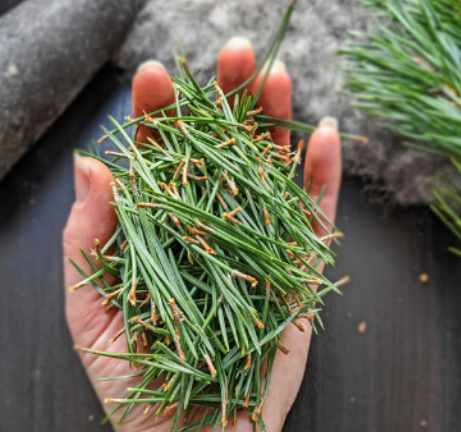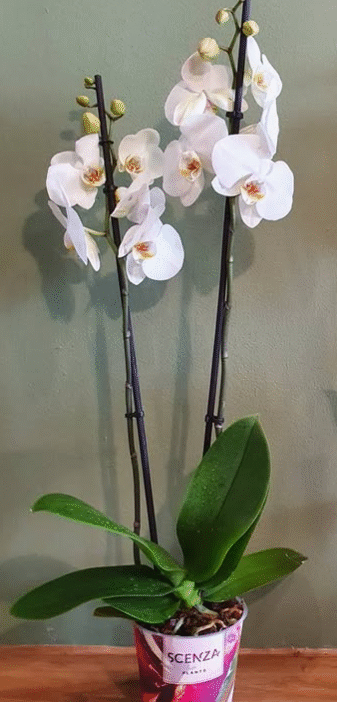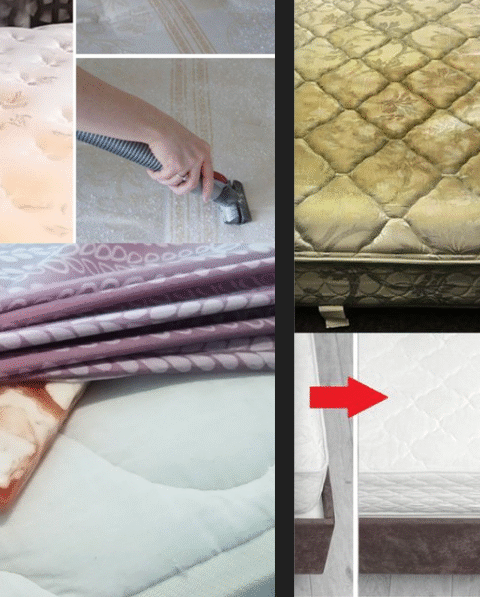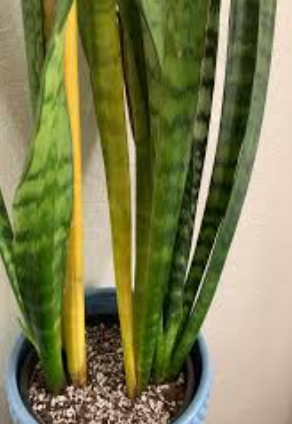How to Propagate a Lemon Tree from Cuttings Using Tissue Paper 🍋📄
Lemon trees are a favorite among home gardeners for their beautiful foliage, fragrant blossoms, and zesty fruits. While many rely on soil or water propagation, there’s an easy, mess-free technique using tissue paper that yields excellent results. This guide walks you through how to propagate a lemon tree from cuttings using just a few household materials and some gardening wisdom.
🌱 Understanding Lemon Tree Propagation
Propagation from cuttings is preferred over growing lemon trees from seeds because it guarantees a genetic clone of the parent plant. According to Dr. Leila Nour, horticulture specialist, “Cuttings ensure fruit consistency and shorter time to harvest compared to seeds.” This makes the method ideal for preserving specific fruit traits or flavors.
📦 Why Use Tissue Paper?
Using tissue paper offers a controlled, sterile environment that supports root growth while reducing the risks of rot and infection. It maintains consistent moisture—one of the most critical elements for successful root development.
🧰 Materials Needed
- Healthy lemon tree cuttings (6–8 inches long)
- Soft, unprinted tissue paper or paper towels
- Rooting hormone (powder or gel)
- Spray bottle with clean water
- Plastic wrap or a zip-lock bag
- Clean scissors or pruning shears
- Potting soil and small pots for later transplanting
✂️ Step-by-Step Propagation Guide
Step 1: Select and Prepare the Cutting
Choose a green, non-woody branch from a healthy lemon tree. It should have at least 2–3 leaf nodes and be 6–8 inches long. Cut at a 45° angle with sterile scissors or pruning shears.
- Remove leaves from the lower half of the stem.
- Keep one or two small leaves at the top to support photosynthesis.
Step 2: Apply Rooting Hormone
Dip the cut end of the stem into rooting hormone. This encourages faster and more reliable root formation. Gently tap off any excess powder or gel.
Step 3: Wrap in Tissue Paper
Moisten the tissue paper until it’s damp—not soggy. Wrap it snugly around the lower end of the cutting, covering at least one exposed node. This retains moisture and simulates the humid microclimate needed for rooting.
Step 4: Create a Mini Greenhouse
Place the wrapped cutting inside a zip-lock bag or cover it with plastic wrap. Seal loosely to allow airflow while keeping the humidity high. You can place a straw or small stick inside to prevent plastic from touching the cutting.
Step 5: Store and Monitor
Keep the setup in a warm, indirect-light location—ideally between 70–80°F (21–27°C). Avoid direct sunlight. Mist the tissue paper lightly every 2–3 days to maintain humidity.
Step 6: Check for Root Growth
After 3–4 weeks, gently unroll the tissue to check for root development. If roots are visible, it’s time to transplant the cutting into a pot with well-draining soil.
🪴 Transplanting to Soil
- Fill a small pot with quality potting mix (preferably citrus blend or sandy loam).
- Create a hole and plant the rooted cutting, covering the roots fully.
- Water gently and place the pot in a warm spot with filtered light.
🧪 Benefits of the Tissue Paper Method
| Advantage | Why It Helps |
|---|---|
| Moisture Retention | Prevents drying without risk of rot |
| Ease of Monitoring | Easy to check root growth without disturbance |
| Clean Environment | Reduces exposure to soil-borne diseases |
| Portable Setup | Small and space-saving—perfect for windowsills |
👩🌾 Tips from the Experts
- Change tissue paper if it shows signs of mold.
- Don’t overwater—light misting is sufficient.
- Use a rooting hormone with fungicide protection if available.
- Be patient—some cuttings may take longer to root depending on the season.
🍋 Lemon Tree Care After Transplanting
- Keep in indirect sunlight until new leaves form.
- Water moderately—allow topsoil to dry slightly between waterings.
- Feed with a diluted citrus fertilizer once a month during growing season.
- Re-pot into a larger container after 2–3 months of healthy growth.
❓ Frequently Asked Questions (FAQs)
- Can I use paper towels instead of tissue paper? Yes, as long as they’re soft and non-toxic. Avoid scented or dyed paper.
- How long does it take for roots to form? Typically 3–6 weeks depending on conditions.
- Can I skip rooting hormone? Yes, but expect slower or lower success rates.
- Is this method better than soil propagation? It’s cleaner and easier to monitor for beginners.
- What if my cutting turns black? This may indicate rot—discard and try again with fresh materials.
- Can I propagate in winter? It’s possible but slower—spring and summer are ideal.
- Do I need to fertilize right away? No—wait until new growth appears.
- How do I prevent mold in the tissue? Use sterile tools, avoid overwatering, and provide ventilation.
- Should I keep the setup in full sun? No—filtered light is best during propagation.
- Can I root multiple cuttings at once? Yes, but keep them separated to prevent disease spread.
Conclusion: A Simple, Soil-Free Start for Lemon Lovers
Propagating lemon trees from cuttings with tissue paper is an accessible and effective method for gardeners of all levels. It’s neat, efficient, and lets you observe root development without disturbing the plant. With care, patience, and a little moisture, you’ll soon have a thriving lemon plant ready to grow into a fruitful tree. 🍋🌿
